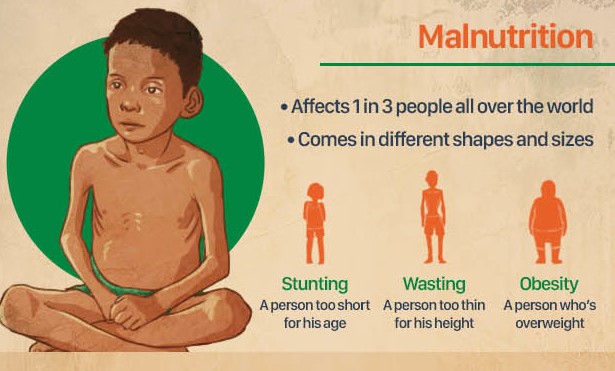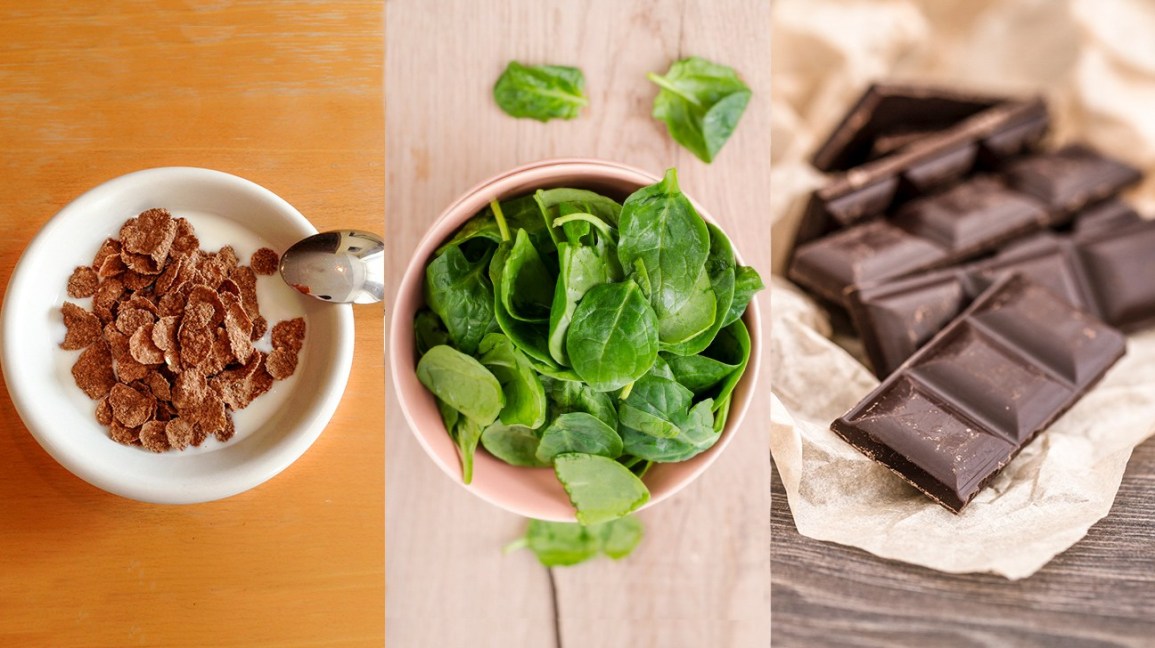MALNUTRITION PROBLEM AND NEED FOR HOLISTIC SOLUTION
Recognizing
the magnitude of the malnutrition problem, and the kind of multi-level
interventions required to provide a sustainable and holistic solution,
Government of India tagged September 2019 as “PoshanMaah”, which translates to
“Nutrition Month”. This welcome move underlines the concern that it is time
malnutrition is confronted on a war footing by implementing a multi-pronged
approach for its redressal.
The
target population of this initiative are children up to 6 years of age,
adolescent girls and lactating mothers, with the initiative covering all states
and UTs in a phased manner. There are specific targets for the reduction of low
birth weight babies, stunted growth, incidences of Severe Acute
Malnourishment (SAM) and anaemia. Information and Communication
campaigns aimed at nutrition awareness at grassroots level forms an integral
part of the programme, conducted with inclusive participation of stakeholders
at various levels.
The
magnanimity of the malnutrition issue cannot be handled effectively by
depending only on overarching government schemes, institutions and their
limited capabilities. With the proportion of SAM-afflicted children much more
than institutional facilities available to treat them, the Community-based
Management of Acute Malnutrition (CMAM) approach
comes across as a panacea to treat SAM and MAM children in
community settings itself. This approach is indispensable to change the current
trajectory of malnutrition in India for good. For families having the least
access to nutrition-laden food, it is imperative to provide them locally
produced RUTF formulations, medically proven to be effective in sustainably
treating SAM.
Malnutrition
is not new to Indian society. Reeling with acute and severe malnutrition since
independence, the National Family Health Survey (NFHS-4, 2015-16) shows
a continually grim picture. Despite multitude efforts, SAM prevalence continues
to rise among U5 children, with 7.5% afflicted with SAM in 2015-16. To treat
this deep-entrenched, vicious problem of malnutrition, holistic solutions are
an absolute necessity, which needs broad thinking rather than micro-management.
In line with NITI Aayog’sten-point action plan to tackle malnourishment,
state-customized action plans have been emphasized to address local nutrition
needs, rather than applying one-size-fits-all government schemes. This would,
in turn, take account of ground realities and cause a substantial impact at the
grassroots level.
This
necessitates a deep understanding of SAM, its magnitude, available treatment
methodologies and their positive externalities. SAM is a medical condition
which cannot be treated with the mere provision of food. It requires proper
end-to-end management of RUTF - streamlining the preparation, distribution and
use of accessible RUTF to treat SAM and MAM. RUTF provides an aggregate
set of nutrients and caloric density for malnourished children. When prepared
following the WHO and UNICEF guidelines, RUTF has been medically
proven to be effective in decreasing incidence of SAM, quicker and
cost-effective than traditional methodologies. Several pilot studies in India
across varied settings is also a case in point to reinforce RUTF’s
effectiveness. A concerted effort is thus required to close out existing
knowledge gaps in nutrition space so that the scourge of malnutrition can be
handled in an effective, accessible and sustainable manner using RUTFs.




Comments
Post a Comment